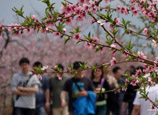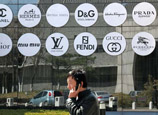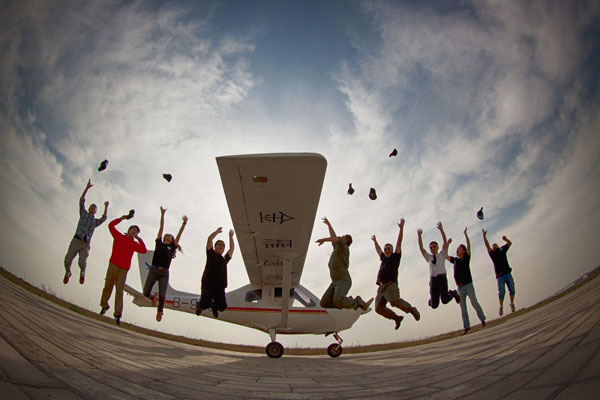
While it is still unclear as to what companies are doing to keep the luxury brand pipeline flowing in China, it is clear they have a major challenge in reaching more consumers.
Bian Jiang, assistant director of the China Cuisine Association, said most of the high-end restaurants have reworked their business strategy, and are now targeting a broader population, after recording the slowest growth in more than a decade.
The industry's year-on-year growth of 8.4 percent in the first two months was the first single-digit growth since 2001, Bian added.
Beijing Xiangeqing Co Ltd, a high-end restaurant chain, said earlier this year it will change its target from high-end to middle-end business receptions and family gatherings.
It also plans to stop selling meals costing more than 200 yuan per person, and introduce more choices suitable for "mass consumers".
The company indicated that its first quarter financial loss might be 55 million to 70 million yuan, compared with a net profit of 46.23 million yuan during the same period last year.
Many other high-end restaurants are expected to follow suit, including China Quanjude Group, which owns the renowned Peking duck chain of restaurants, where the average cost per person is around 160 yuan.
Bian from the China Cuisine Association said targeting ordinary consumers does not necessarily mean that the company is becoming cheap and low-end.
"With the ongoing urbanization and industrialization, an increasing number of Chinese are willing to spend more on dining out.
"The average spending for each person per meal in Beijing has increased to 60 to 80 yuan from 40 to 60 yuan two years ago," he said.
"There is a rosy future for the high-end catering industry in China as long as it understands the needs of increasingly sophisticated consumers."

















 Jump for joy after flight of fantasy
Jump for joy after flight of fantasy


![]()
